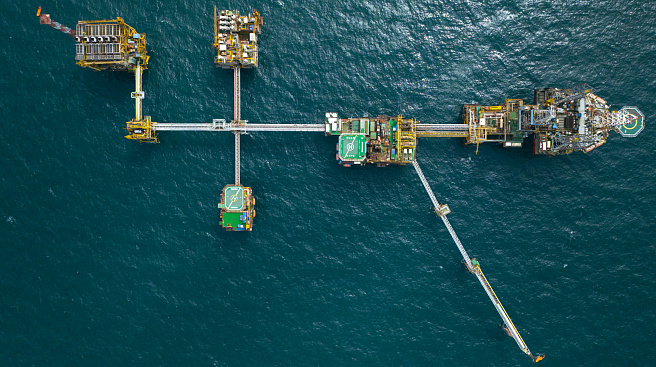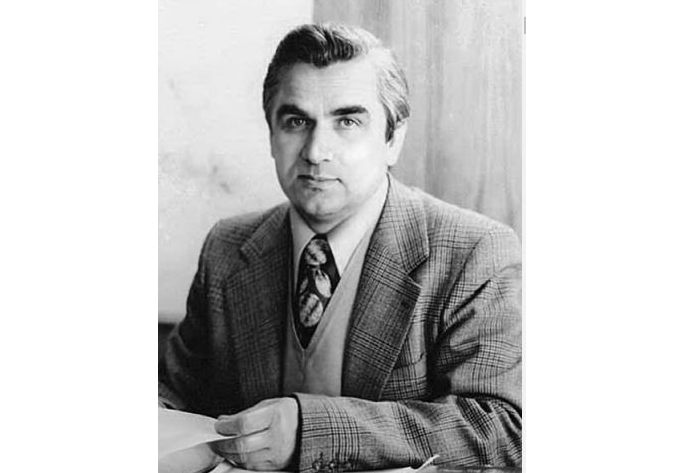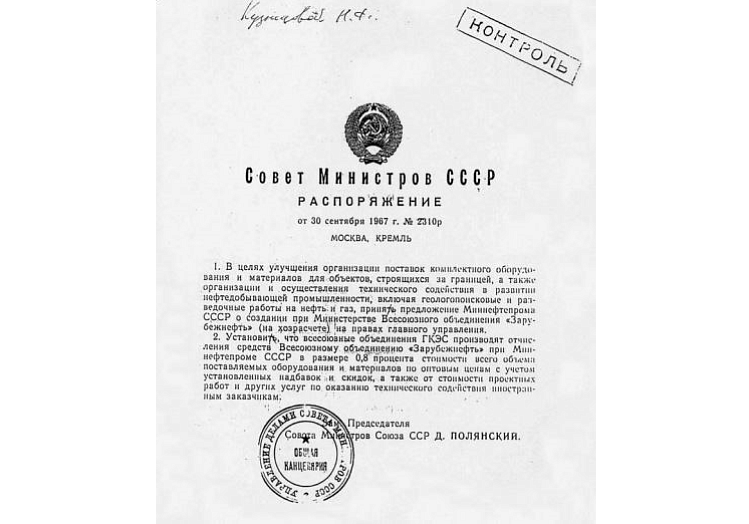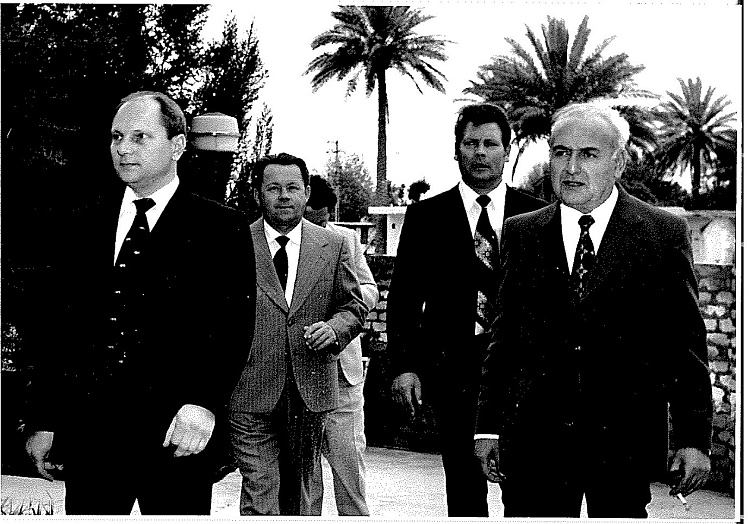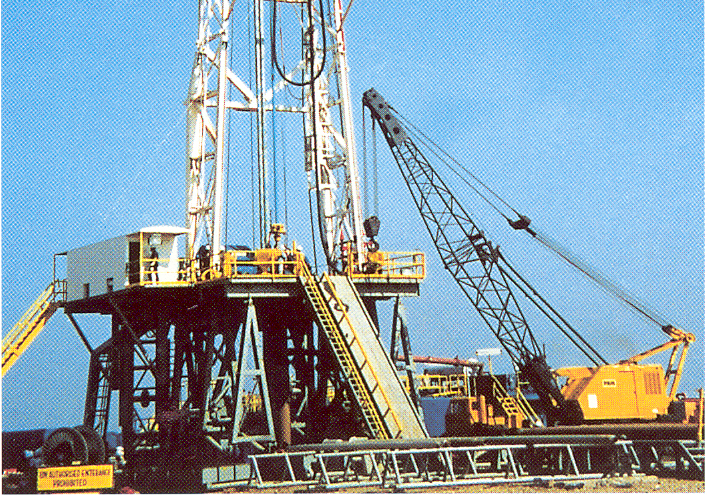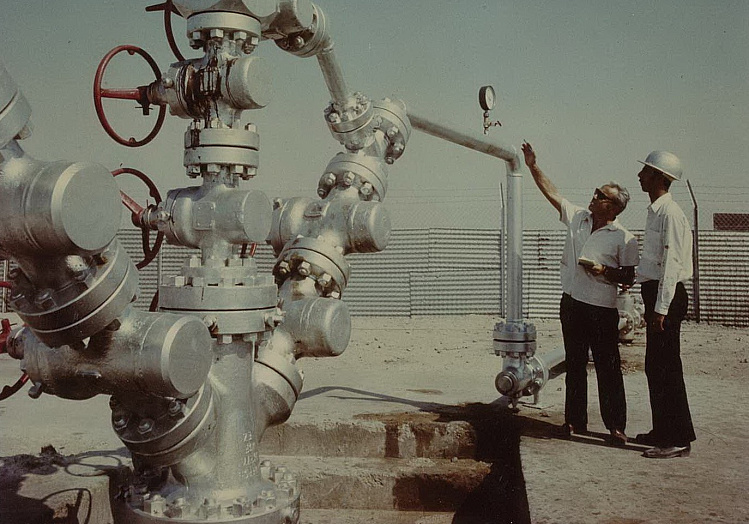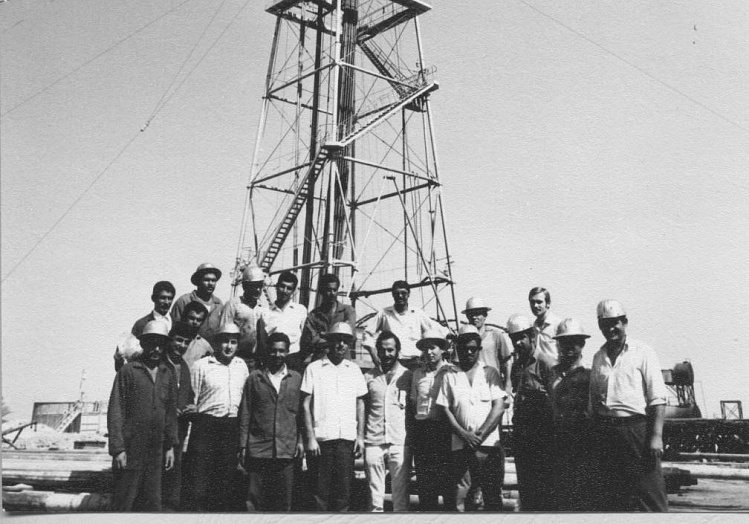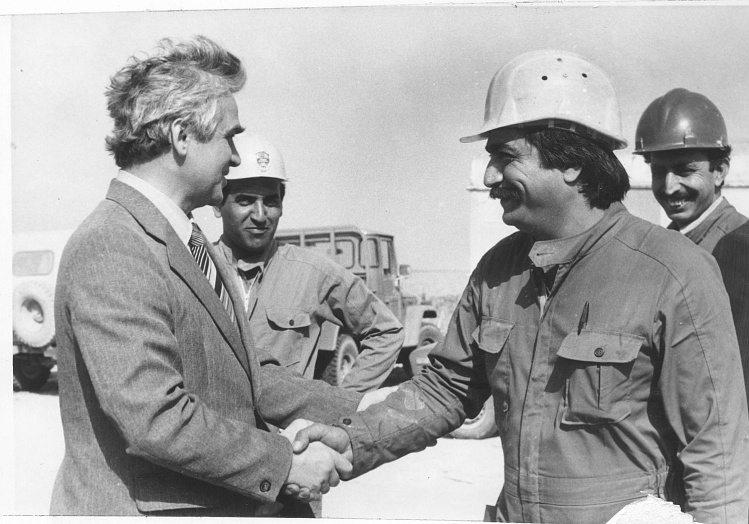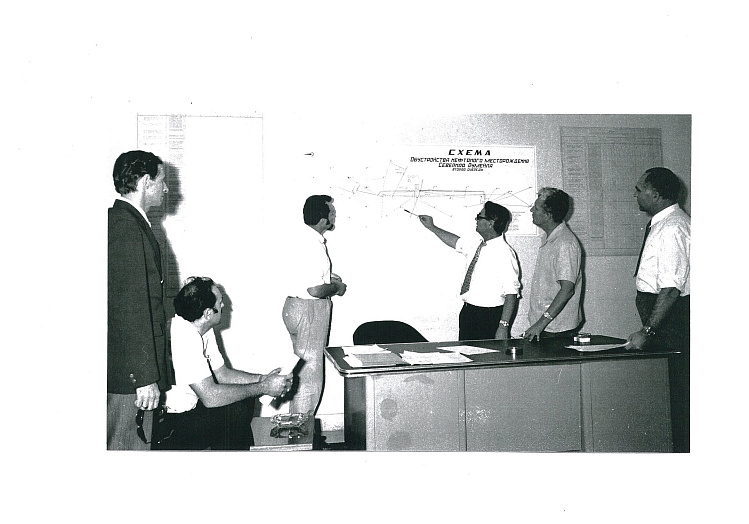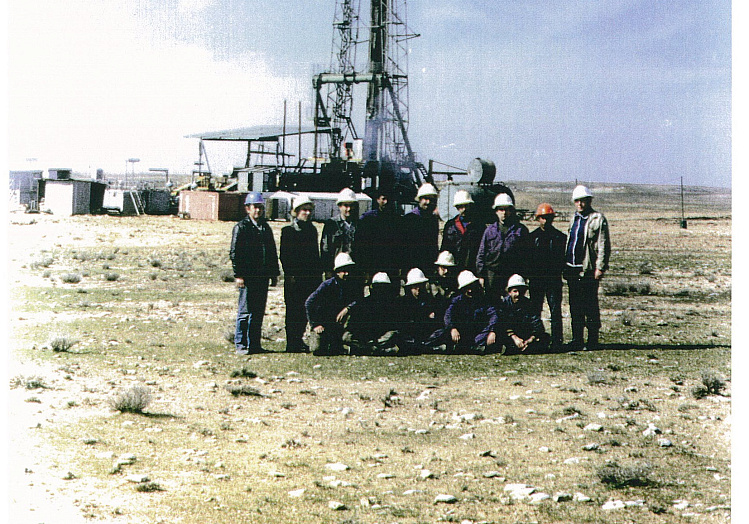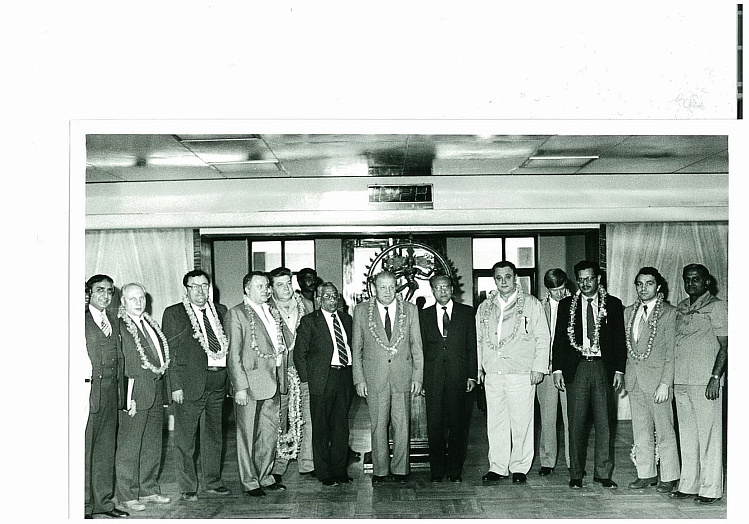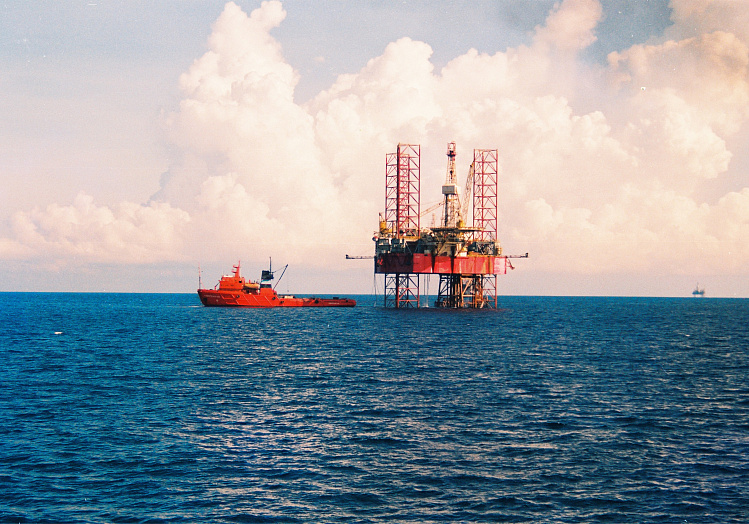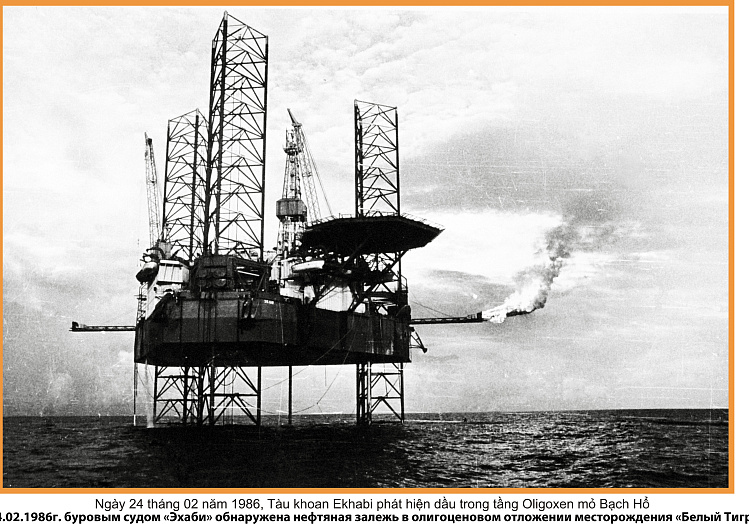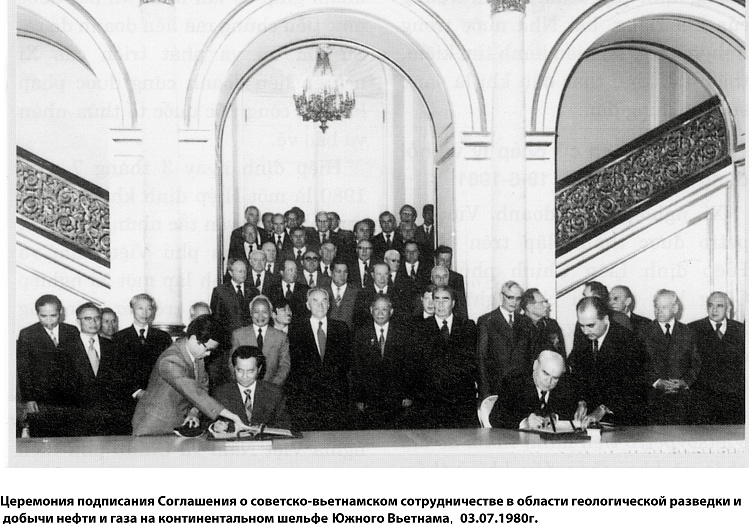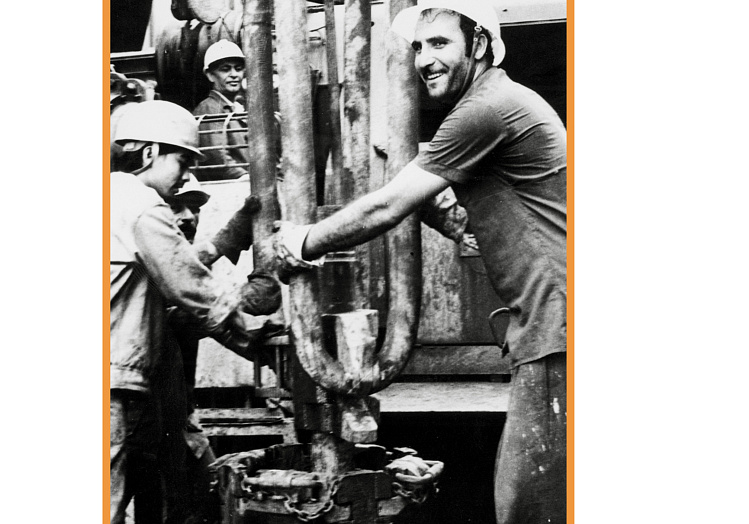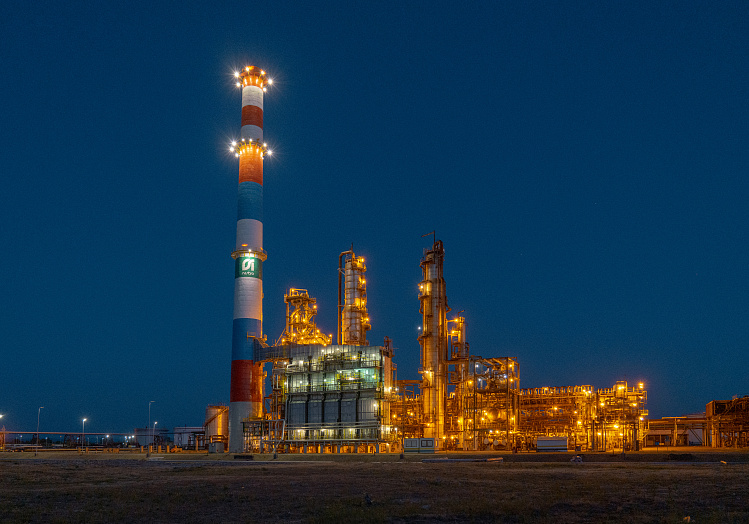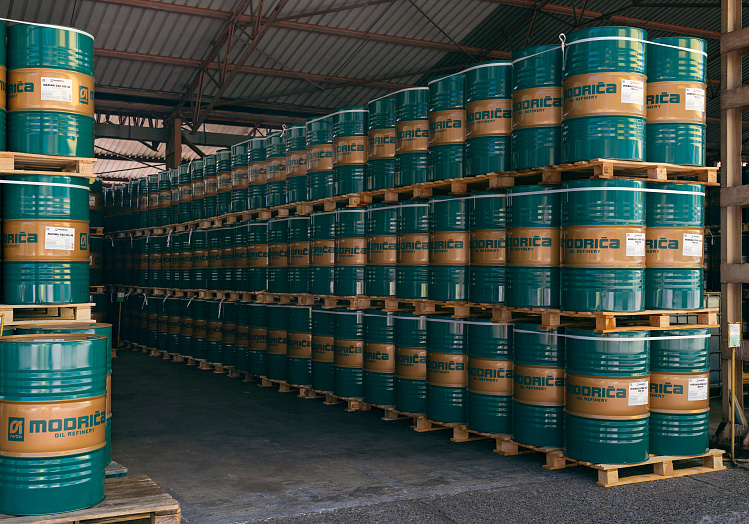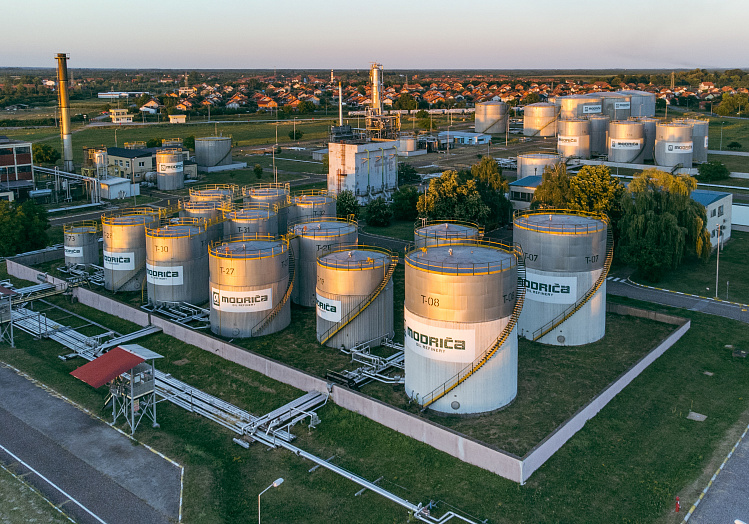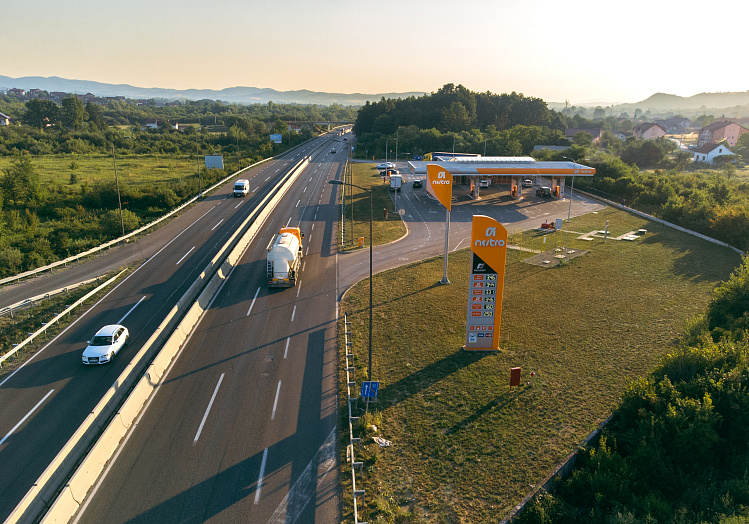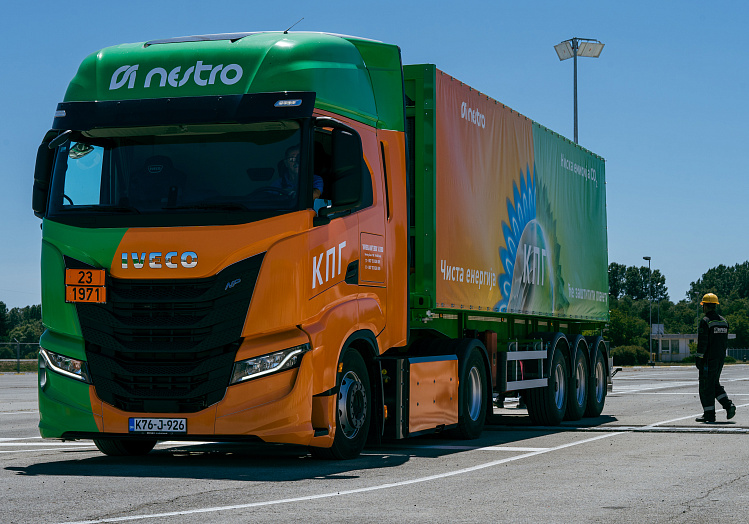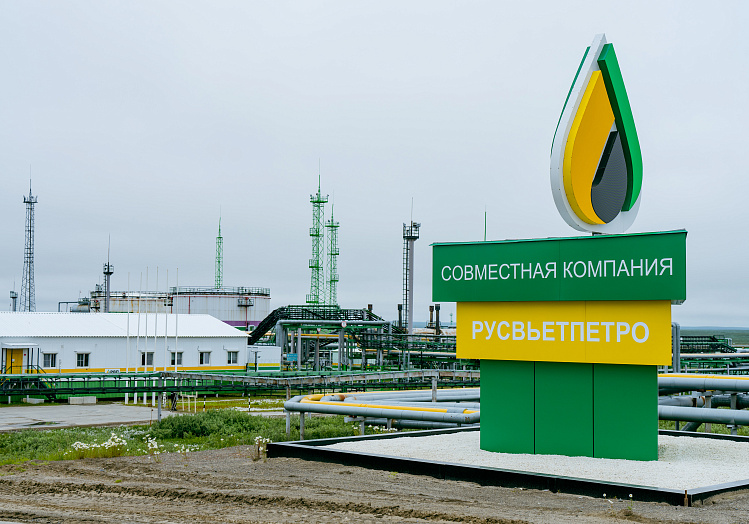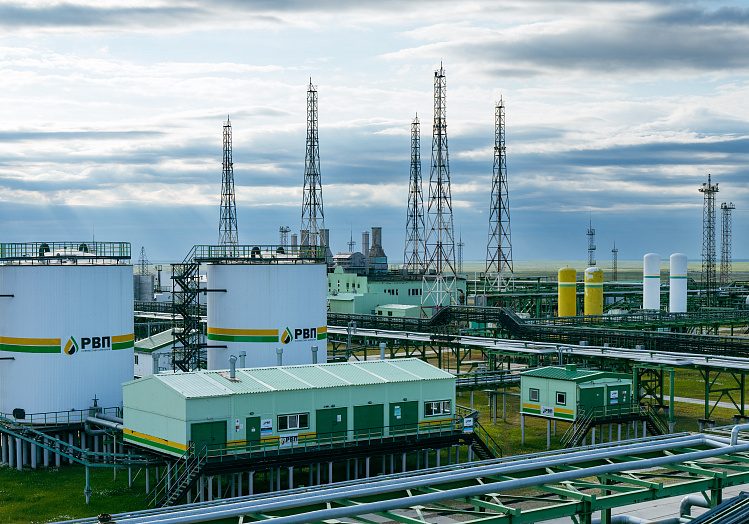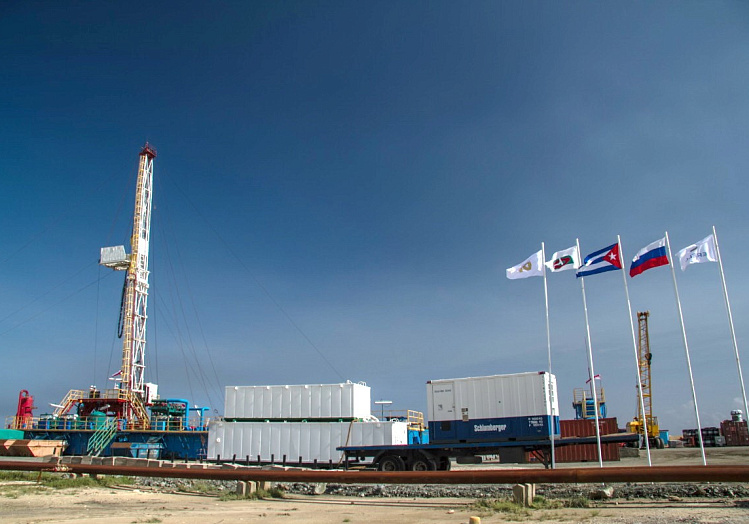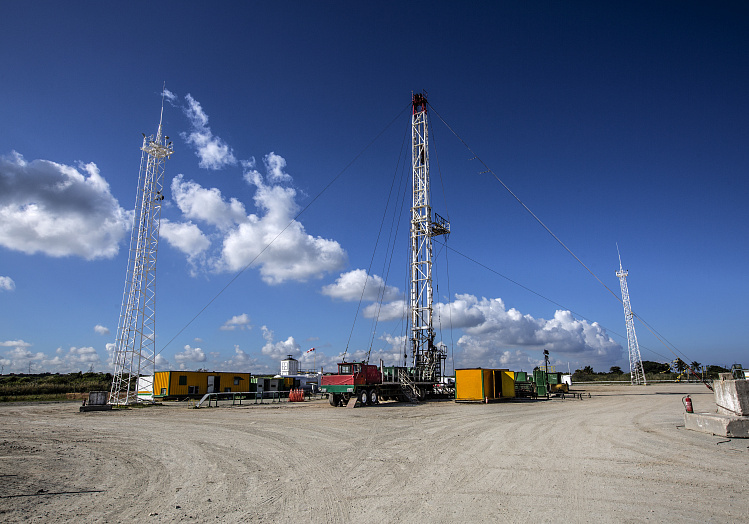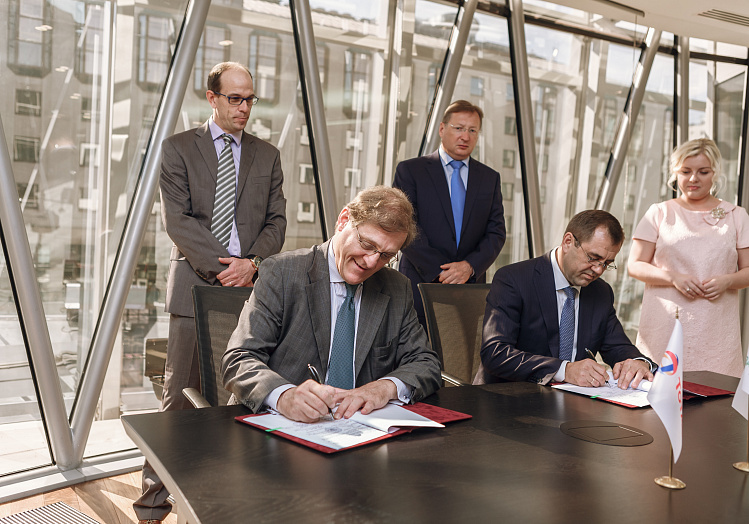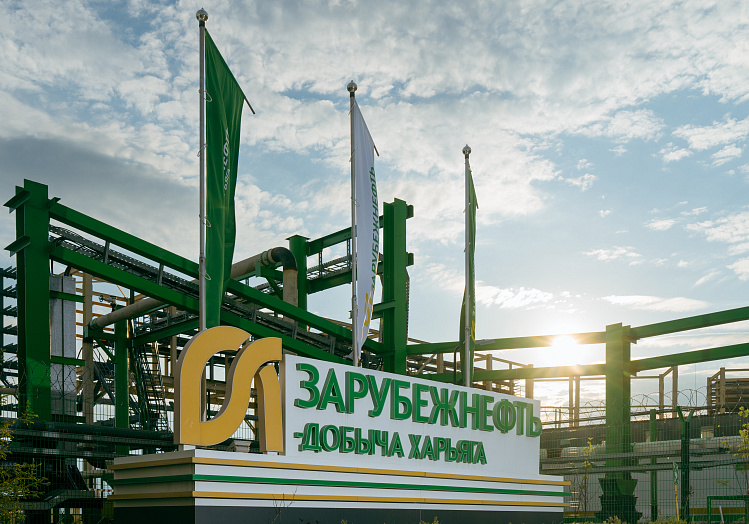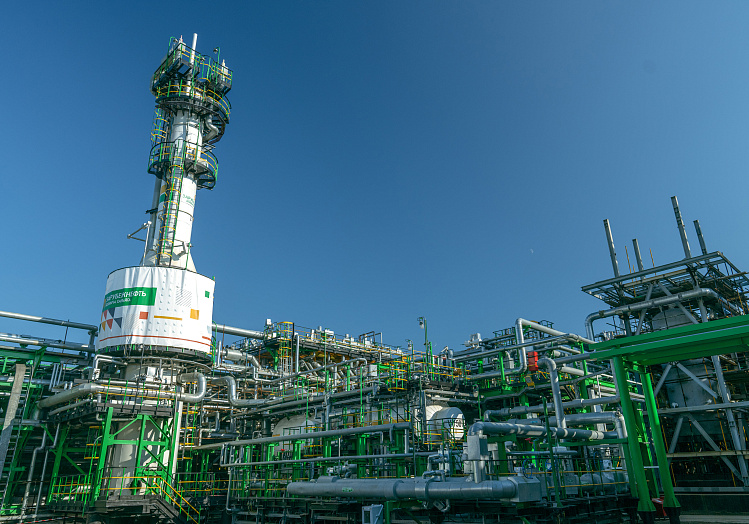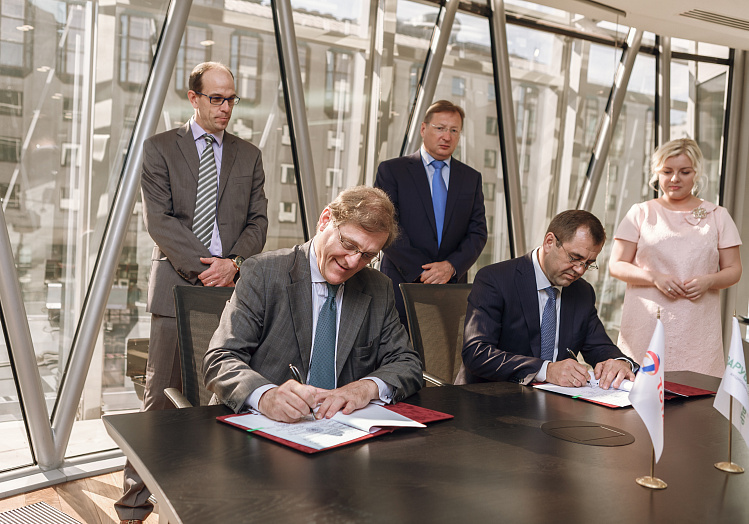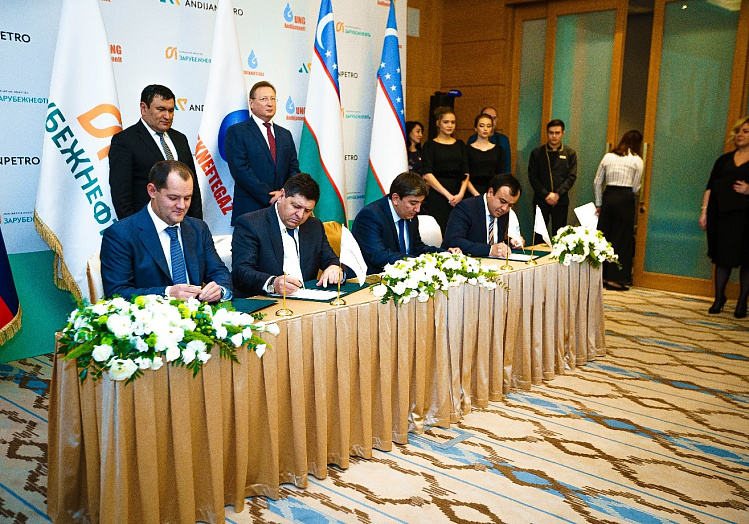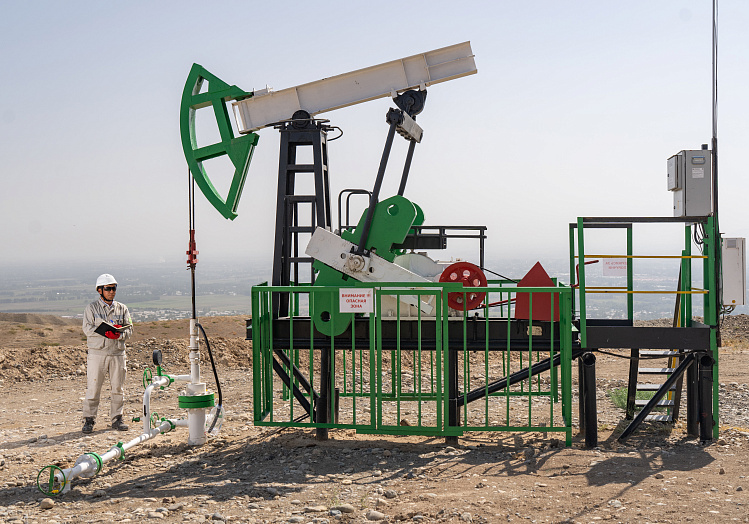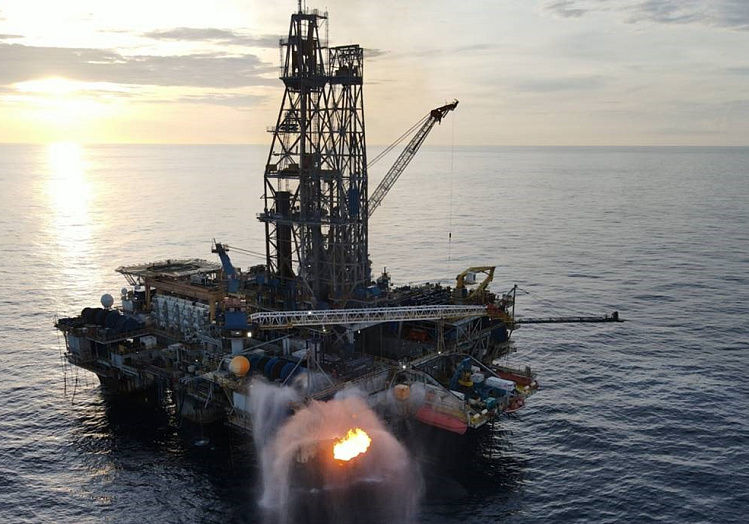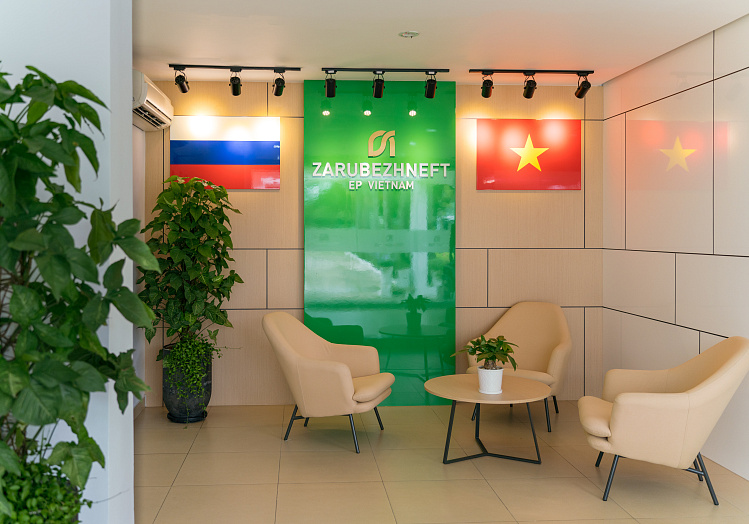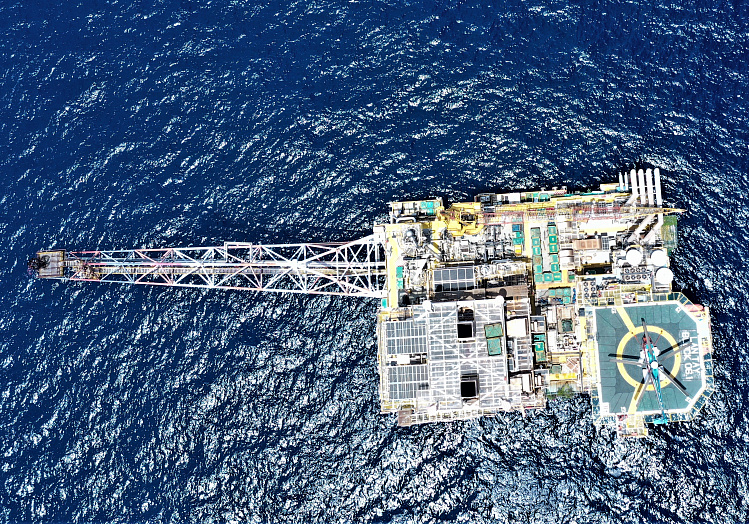History
The company has a rich history of implementing international projects around the world. Zarubezhneft was established in 1967 under the Ministry of Oil Industry of the USSR to provide technical assistance to friendly countries in creating their oil and other basic sectors of the economy.
-
1967Establishment of Zarubezhneft
-
1968First major project: Suedia, Syria
-
1969The largest project of the 70-s: North Rumaila, Iraq
-
1980Workover and re-entry of oil wells in India
-
1981Establishment of Vietsovpetro
-
2007Entry into downstream projects in the Republic of Srpska (Bosnia and Herzegovina)
-
2008Establishment of RUSVIETPETRO
-
2011Conclusion of an agreement for the implementation of an enhanced oil recovery project at Boca de Jaruco field (Cuba)
-
2016Zarubezhneft receives operatorship of the Kharyaga PSA
-
2019Establishment of joint venture Andijanpetro (Uzbekistan)
-
2020Entry into Tuna project (Indonesia)
-
2021Acquisition of new assets in Vietnam
-
202255-th anniversary of Zarubezhneft
Establishment of Zarubezhneft
In the 1960s, when the world oil industry was booming and the leading oil-exporting countries created OPEC, the USSR decided to use the favorable moment to strengthen its position in the world economy and politics.
The country’s leadership, represented by the Minister of the Oil Industry Valentin Shashin, sought to strengthen relations with friendly countries that were guided by the socialist path of development: Egypt, India, Iraq, Syria, etc.
The central link in the program for the USSR to enter the international oil and gas market was the creation of an organization to work abroad. Thus, on September 30, 1967, the Zarubezhneft All-Union Association was established under the Ministry of the Oil Industry of the USSR. Its first leader was Yevgeny Osadchuk.
First major project: Suedia, Syria
In the early 60s of the last century, the slogan «Arab oil to the Arabs» was proclaimed in Syria. In order to establish hydrocarbon production in their country, the Syrians turned to the Soviet Union for help.
In 1968, Zarubezhneft became the developer of the first Suedia oil field in Syria.
In 1969, the company’s specialists put into operation two more Syrian fields in the northeast of the country: Rumelan and Karatchok.
In the 1970s, Zarubezhneft developed and implemented a program for the comprehensive development of the oil industry in Syria, which included geological exploration, the discovery of new fields, and the training of local personnel. Every year, dozens of Syrian oilmen went to the USSR through Zarubezhneft, they studied at the country’s specialized universities, defended dissertations, had internships at Soviet enterprises, visited large domestic fields, including Samotlor in Western Siberia.
The largest project of the 70-s: North Rumaila, Iraq
In 1968, Iraq was among the top ten world oil producers. The extraction of hydrocarbons under the control of Western oil giants was carried out by the Iraq Petroleum Company group. The new leaders of Iraq turned to the Soviet Union to take control of oil production into their own hands.
In 1969, a Soviet-Iraqi agreement was signed in Moscow to develop a new promising field, the North Rumaila. Zarubezhneft was appointed the operator of the project.
Iraq’s first national oil field, North Rumaila, was built on a turnkey basis. Soviet specialists designed and equipped surface facilities, compiled a geological project for the development of the field, supplied all the necessary equipment, drilled wells, and built an oil pipeline to the port of Faw on the right bank of the Shatt al-Arab River.
The commissioning of the facility took place in April 1972. Soviet Prime Minister Alexei Kosygin, Minister of the Oil Industry Valentin Shashin, Chairman of the State Committee for Foreign Economic Relations Semyon Skachkov were invited to the launch ceremony. The visit of members of the Soviet government ended with the signing of the Treaty of Friendship and Cooperation between the USSR and the Republic of Iraq in Baghdad.
Over time, Soviet-Iraqi cooperation in the oil industry reached even greater scale. Zarubezhneft worked in such exploration areas in Iraq as Nakhr Umr, Luheis and West Qurna.
Zarubezhneft’s success in Syria and Iraq created the conditions for cooperation with many other developing countries. In the 1970s, the company was already operating in 17 countries of the world: Algeria, Bulgaria, Bolivia, Hungary, Vietnam, Egypt, India, Cuba, Libya, Mongolia, Nepal, Nigeria, Syria, Poland, Somalia, Turkey.
Workover and re-entry of oil wells in India
Since the 1950s of the last century, India and the USSR have been linked by close cultural, political and economic ties, including in the area of hydrocarbons production. 40 deep production drilling rigs, 25 seismic stations, 15 exploration drilling rigs, 40 thousand tons of drill and casing pipes were delivered to India through Zarubezhneft. Thousands of Soviet specialists worked here: oilmen, geologists, geophysicists.
The programs for the comprehensive development of the Indian oil industry for 1973-78 with a perspective up to 1983 and 1981-90, as well as a program of prospecting and exploration in West Bengal, were prepared with the participation of Zarubezhneft. The probable onshore reserves of hydrocarbons were assessed and projects for additional development of fields were drawn up, seismic surveys were carried out in the states of Tripura and West Bengal, 2 computer centers were built and put into operation for processing seismic data in the cities of Baroda and Callcutta, 92 wells were repaired in the state of Gujarat, which have produced 1 million tons of oil.
In 1980, when India faced a fuel crisis, Zarubezhneft specialists managed to restart Indian oil production and reduce the import of hydrocarbons into the country. And in 1985, the USSR Ministry of Oil and Gas and the Ministry of Oil and Gas of India signed a Long-term program of economic, scientific and technical cooperation in the area of exploration and development of oil fields in India till 2000.
Establishment of Vietsovpetro
After the reunification of North and South Vietnam and the creation of the unified Socialist Republic of Vietnam in 1976, the country was short of food and equipment. There was also an acute shortage of fuel.
The General Secretary of the Central Committee of the Communist Party of Vietnam Le Duan turned to the USSR with a request for assistance in organizing oil production on the continental shelf. In 1981, an Intergovernmental Agreement was signed between the USSR and Vietnam on the establishment of a joint Soviet-Vietnamese enterprise for oil and gas production on the continental shelf of the south of Vietnam — Vietsovpetro.
The first well test was carried out in 1984 in the offshore field «Bach Ho», which translates as «White Tiger». The geological reserves of the field turned out to be huge, which contributed to the growth of oil production in Vietnam by 10 times in three years. The White Tiger, a difficult-to-develop and rich offshore field, has become the hallmark of Zarubezhneft.
Entry into downstream projects in the Republic of Srpska (Bosnia and Herzegovina)
In 2007 the assets portfolio of Zarubezhneft was supplemented by 4 downstream enterprises: Brod Refinery, Modriča Motor Oil Plant, Nestro Petrol (network of fuel stations) and OPTIMA Grupa.
The Brod refinery, which celebrated its 130th anniversary in 2022, was redesigned as a production site for the implementation of promising projects related to gasification. At the end of 2021, a gas filling compressor station for the production of compressed natural gas was put into operation at the enterprise, and a direct gas pipeline connecting the plant with the Croatian gas transmission system was launched. In the next few years, the Brod refinery plans to build units for receiving and shipping bitumen and light oil products. Today, the enterprise has formed an engineering infrastructure for the development of new types of production.
The main objective of OPTIMA Grupa is to develop trading functions, expand the product range, increase the share in the domestic market and enter new ones by creating new supply bases. At the Modriča motor oil plant, active work is underway to expand the range of products. Nestro Petrol is now the largest fuel station network in the Republic of Srpska and is the 2nd in Bosnia and Herzegovina.
Establishment of RUSVIETPETRO
The work within Russia has become a new format for the further development of Russian-Vietnamese cooperation for Zarubezhneft.
The joint company RUSVIETPETRO (RVP), in which the share of Zarubezhneft amounted to 51%, began to develop the deposits of the Central Khoreiver Uplift of the Timano-Pechora oil and gas province in the Nenets Autonomous Area.
Oil in these fields was discovered by Soviet geologists in the 80s of the last century. However, development in those years could not start due to technical difficulties: in the permafrost region, the construction of each well required special technologies. Special conditions were also necessary for the transportation of oil.
In 2009, after the emergence of new unique technologies, the first oil flowed from the reactivated wells. In 2010, the enterprise put into operation the North Khosedayuskoye field, in 2011 — the Visovoye field, in 2012 — the West Khosedayuskoye field. By 2016, RUSVIETPETRO had produced the 16 millionth ton of oil, and two more oil fields, North Sikhoreyskoye and South Syurkharatinskoye, were put into commercial operation.
Today, RVP is developing fourteen fields, the total oil production from which reaches 3 million tons per year.
Conclusion of an agreement for the implementation of an enhanced oil recovery project at Boca de Jaruco field (Cuba)
On June 24, 2011, Zarubezhneft began operating in accordance with the International Economic Association (IEEA) agreement on enhanced oil recovery and production sharing as a contractor at the Boca de Jaruco field. The term of the contract is 25 years, it includes two stages: the stage of pilot work (four years with the possibility of extension for another four years) and the operation stage.
As the main method of increasing oil recovery, the technology of steam-thermal treatment of the formation was adopted. The field was discovered in 1969 and is operated by the Cuban state oil company Cuba Petroleo. The uniqueness of the project is associated with the complexity of producing extra-viscous oil. Over the past time, it has been possible to select and prove the effectiveness of catalytic aquathermolysis technology using Russian catalysts. For this reason, Boca de Jaruco is one of the most high-tech projects of Zarubezhneft.
Zarubezhneft receives operatorship of the Kharyaga PSA
Since 2010, Zarubezhneft has been an investor in the Kharyaga Production Sharing Agreement (KhPSA). A production sharing agreement is a type of contractual relationship between the state and an investor in the field of exploration and production of hydrocarbons.
In 2015, a new subsidiary, ZARUBEZHNEFT-dobycha Kharyaga (ZNDKh), was established to act as the operator of the Kharyaga project. KhPSA has become a new form of joint venture for Russia, which involves a special legal and tax regime.
The Kharyaga field was discovered in 1970. Its geological exploration began in 1977. The main part of Kharyaga facilities was put into development in 1988. However, oil production at facilities 2 and 3, which are included in the development perimeter of the Kharyaga PSA, began later due to the identified peculiarities.
During the management of KhPSA, Zarubezhneft has achieved significant success: oil production and treatment technologies have been optimized, production processes have been improved, modern oil recovery enhancement methods have been introduced, and import substitution measures have been implemented.
Establishment of joint venture Andijanpetro (Uzbekistan)
In 2019, Zarubezhneft and Uzbekneftegaz established the joint venture Andijanpetro to work at the South Alamyshik, Khartoum and East Khartoum fields in Uzbekistan.
These fields are classified as mature, as part of their development project, it is planned to multiply oil production by upgrading subsurface and surface equipment, collecting and systematizing geological and geophysical data, intensifying production, optimizing the development system, as well as introducing the best practices of the company.
During its operation, the new joint venture has already increased the level of oil production at the fields entrusted to it by 3 times.
Entry into Tuna project (Indonesia)
In 2020, the Government of Indonesia approved a farm-out agreement between Zarubezhneft and Premier Oil Tuna B.V for the assignment of a share in the Tuna Block. The Tuna block is located in the Indonesian Maritime Economic Zone and includes two gas fields, Kuda Laut and Singa Laut.
In 2021, two exploration wells were successfully tested. If the development plan for the Tuna Block is approved by the Indonesian authorities, capital construction of production infrastructure facilities will be organized.
First gas is expected in 2026.
Acquisition of new assets in Vietnam
In 2021, Zarubezhneft completed the acquisition of Rosneft assets in Vietnam, as a result of which it became a participant in Block 06.1 The project is being implemented on the basis of a production sharing contract.
There are three gas condensate fields located at the Block site, which are located 370 km from the coast. Zarubezhneft also received a share in the Nam Con Son pipeline consortium, which has been transporting gas and gas condensate produced from offshore blocks for 20 years.
The acquired assets will become the basis for the formation and development of the Company’s Gas Cluster in Vietnam and Southeast Asia. These projects are being implemented and managed by a new subsidiary, Zarubezhneft EP Vietnam B.V.
55-th anniversary of Zarubezhneft
Zarubezhneft was established as a pioneering enterprise, which had no analogues in the domestic oil industry. Together with the country, the company went through periods of instability and change, and successfully adapted to new economic and geopolitical realities.
Openness to the new has been the main principle by which the company is guided in its activities for more than a decade. Zarubezhneft did not abandon the project on the shelf of southern Vietnam, although at the initial stages there were serious doubts about its technical and economic efficiency, and as a result helped the Vietnamese oil industry reach a high level. She took on the task of ensuring the stability of the Kharyaga PSA and has been maintaining its economic profitability for six years. It entered complex assets in BiH, Cuba, Uzbekistan and set a new vector for their development.
Now the company sets itself the goal of getting even more actively involved in new projects and building a business on the principles of a cluster approach that allows to focus on specific regional markets (Russia, Southeast Asia, Central Asia, North Africa, the Middle East) and to obtain better economic results through effective distribution of resources.
